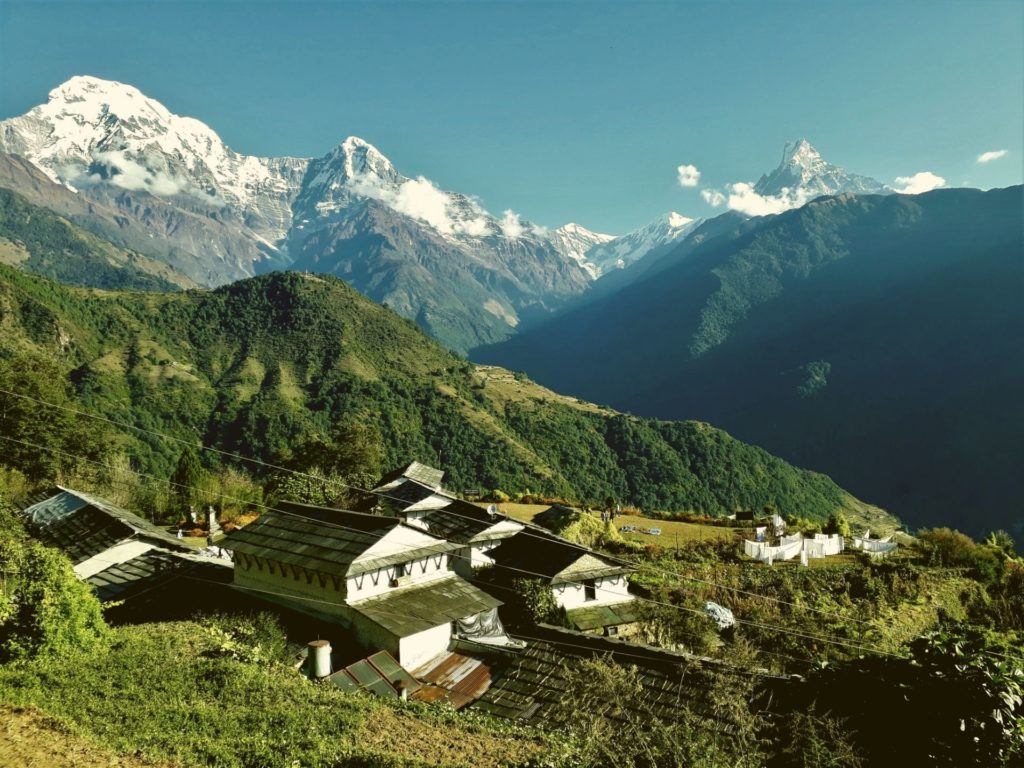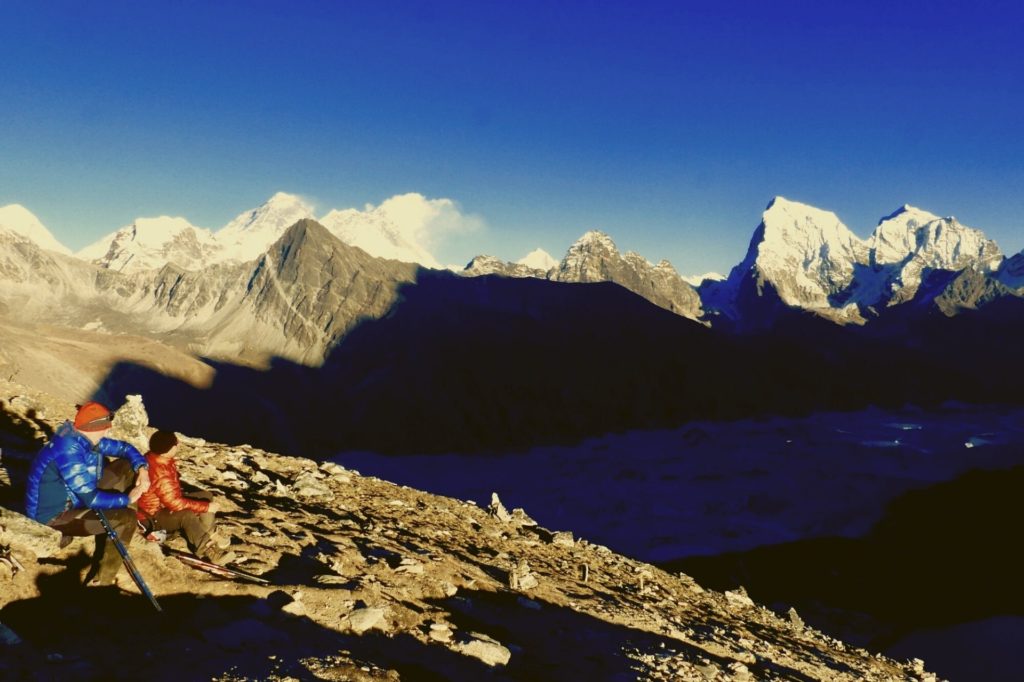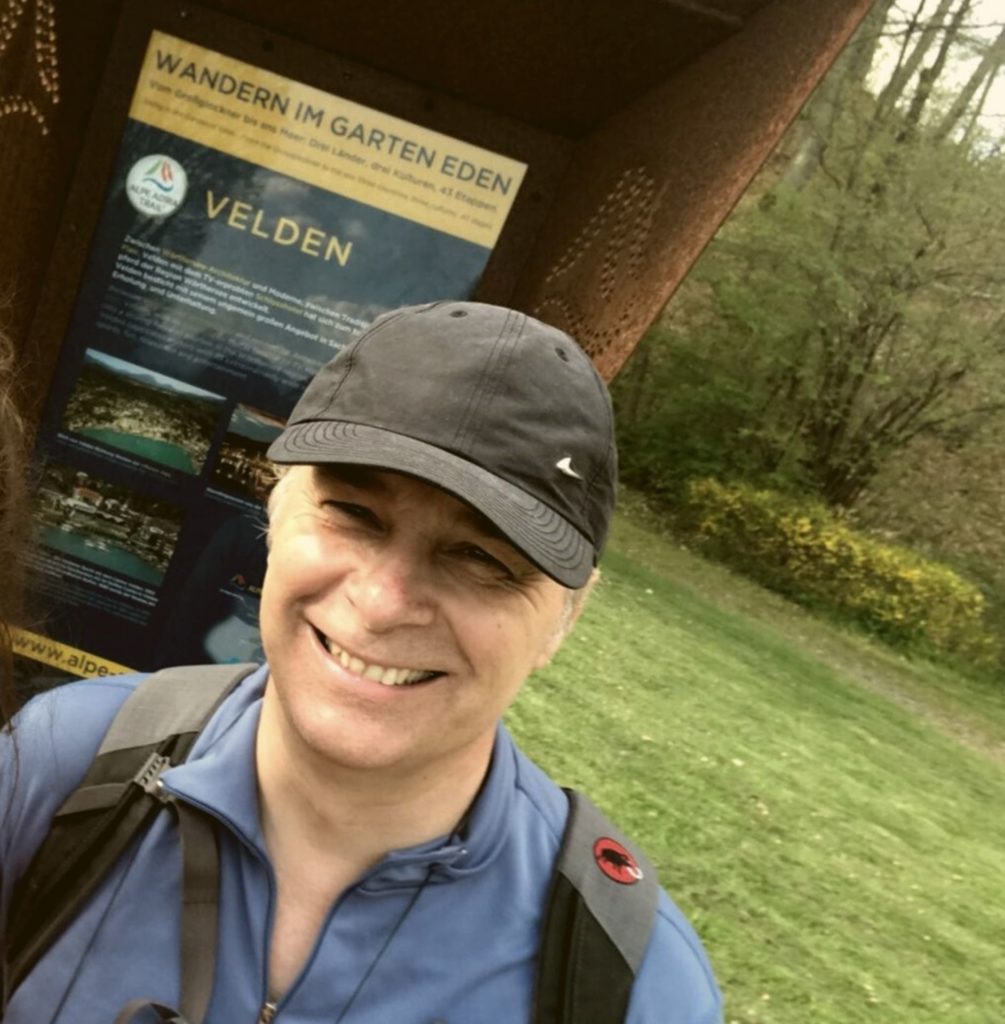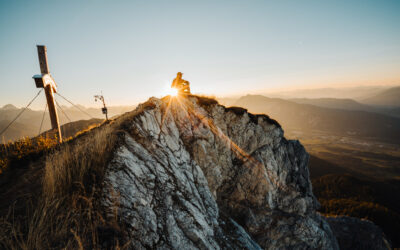Nepal Trekking at the time of Rhododendron bloom
Miracle of nature: The rhododendron bloom in the Himalayas! Here at the Mardi Himal Trail in the Annapurna Himal ©Trail Angels
Some tips on this from our expert!
One of the most frequently asked questions our team at the Trail Info and Booking Center is confronted with is: “When is the best time to travel to Nepal?” Well, there is no easy flat answer to this question, as the country on the Himalayas is just as diverse as the wishes and desires of our customers. We have taken a current occasion, the snow masses of this winter, you the spring as the ideal travel and trekking time in the Himalayas to recommend. After all, hand on heart: who, in view of this winter, has not already harbored a thought, at least briefly, of light, warmth and the flowering splendor of spring?


If you want to hike this natural wonder on dreamlike trails, we can especially recommend the following two trails:
Annapurna Mardi Himal Trail.
This trail opens up a particularly scenic region of the southern Annapurna region. Off the beaten path, the trail first leads through fertile farmland and lush jungle up to the high ridge of the Mardi Himal. Here, magnificent rhododendron forests spread out and on the magnificent high-altitude trail it then goes higher and higher up to the Mardi Himal Base Camp at almost 4,500m, where the view of the glacier giants of the Annapurna Himal becomes free. Especially the Machhapuchare (6.997m), also called “Fishtail Mountain” because of its bold shape, will take your breath away! No other trail in Nepal opens up such a wide variety of landscapes in such a short time – from jungle to glacier – and can be perfectly combined with other activities, such as an outdoor program around Pokhara or the jungle safaris in Chitwan National Park.
Everest Easy Trail
Although the splendor of the rhododron blossoms is not as well known for the Everest area as the southern Annapura region, the flowering splendor of the pristine mountain forests in Sagarmatha National Park is at least as impressive! And it is this region that is hiked on the Everest Easy Trail without reaching altitudes above 4,000m. What makes the Everest Easy Trail even more unique: You will hike off the main route again and again and can marvel at unique panoramas of Mt. Everest, Ama Dablam and Co. besides the splendor of the flowers. And the possibility of combination with other programs exists – as with the Mardi Himal Trail – of course!


Sommer oder Winter?
Ganz zum Schluss auch noch Wissenwertes über die anderen Reisezeiten in Nepal! Im Sommer hat der Monsun – die Regenzeit – Nepal und den Himalaya fest in Griff. In den meisten Regionen kann das Trekking nicht wirklich empfohlen werden. Wobei es Ausnahmen gibt: Die tibetisch geprägten Hochländer Mustang, Dolpo oder Humla befinden sich im Regenschatten des Himalaya und empfehlen sich dadurch für einsame Trekkingerlebnisse. Man muss aber bei der Anreise (Inlandsflüge fallen oft aus) immer wieder mit Verzögerungen rechnen. Und im Winter locken die nicht allzu hoch gelegenen Regionen des Himalayas bzw. auch das vorgelagerte Hügelland und der Vorhimalaya. Bei der Planung der Tagesetappen sei jedoch an die kurze Tageszeit erinnert und die Überquerung vereister Bäche kann sich – oft auch für die Crew – als heikles Unternehmen herauskristallisieren.
So Nepal is indeed a destination for all four seasons! And if you are looking for the buzzing and humming of wild bees in the sea of colors of the rhododendron forests in snow and sub-zero temperatures, you should take a close look at these offers or contact the Trail Info and Booking Center right away.
Author
Werner Mussnig
The habilitated economist has always been torn between the world of business & his hobbies climbing & trekking. Whereby Werner is now increasingly immersed in the universe of the Trail Angels.

Related articles
Travel report autumn-hiking
©Trail AngelsLong-distance hiking in autumn Panorama Trail Southern Alps - autumn hiking can be so beautifulDo you know this too? You can hardly wait for summer after a long winter. And when it actually arrives - perhaps after a rainy spring - it's already over again....
Travel report Amazon of Europe Bike Trail
©Peter RupitschExperience the last great river wilderness in Europe in the border triangle of Croatia, Serbia and Hungary by bike Contents Author Travel Report Offers Who wrote this report for you? Peter Rupitsch from Heiligenblut am Großglockner is one of the most...
Get in touch
Every great journey begins with the first click.
If we could inspire you for responsible tourism, just get in touch with us. Who knows, maybe something big will come out of this first click!

